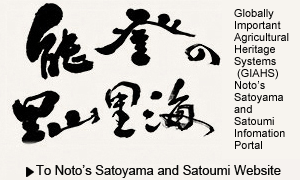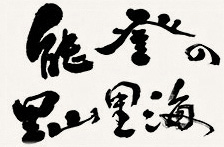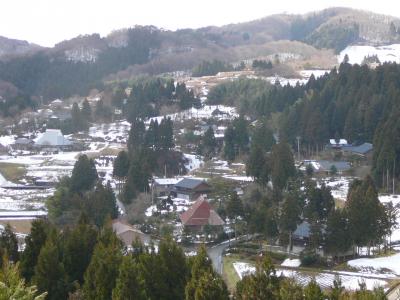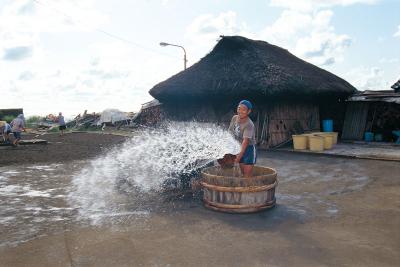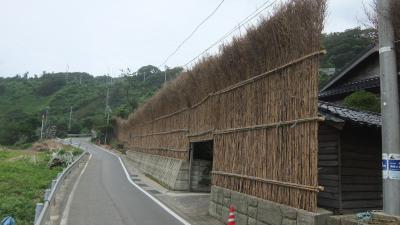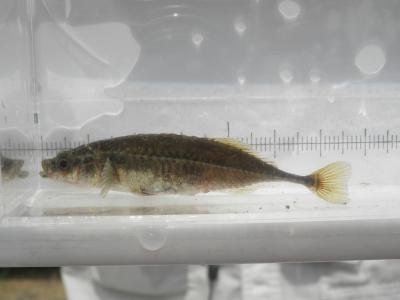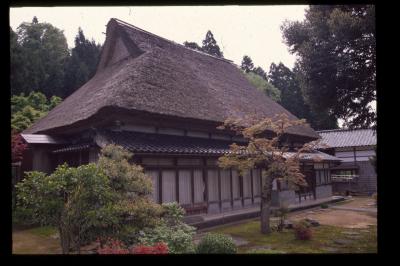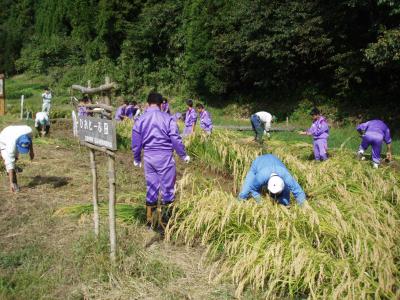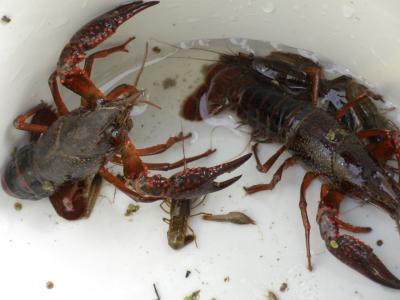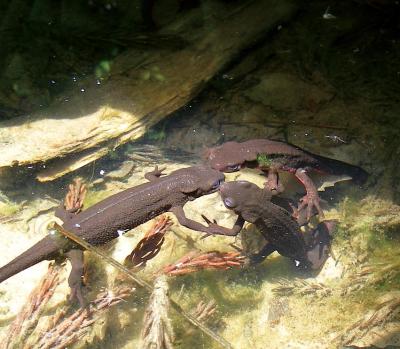
Name
Ônishiyama
Address
Nishiyama-machi, Wajima City
Category
Natural landscape
Class
Rural landscape
Designation
Intangible folk cultural property designated by Wajima City: “Ônishiyama Agricultural Work Song” (August 1975)
Comment
In Ônishiyama, Nishiyama-machi located in the mountainous area of eastern Wajima City, over 20 houses with farmland are scattered along the gentle slope, forming an idyllic rural landscape. Since about 30 years ago, the whole settlement has cultivated narcissuses (suisen). This area, where thousands of narcissuses bloom in mid-April every year, is therefore known as “Suisen-no-sato”. The Ônishiyama society for the preservation of folk songs is endeavoring to preserve 13 agricultural work songs sung by farmers, such as Kai no gokachi uta, which is designated as an intangible folk cultural property of Wajima City. One of the rice-planting songs is said to be the origin of Mugiya-bushi, which was sung for a long time in Gokayama, Toyama Prefecture. This area is associated with the “folktale of Saru-oni” which takes place in Northern Noto. The story goes like this: Once upon a time, Saru-oni lived in Ônishiyama, and he always did evil. Local residents who couldn’t put up with his acts any longer tried to drive him away. He ran away safely to Toume in the former Yanagida Village (part of Noto Town today). The folktale is given credibility by a craggy place called “Kamabuchi”, which is said to have Saru-oni’s footprints, and “Kakure-iwa”, which is said to be where Saru-oni lived.
Views
Access number:11209

